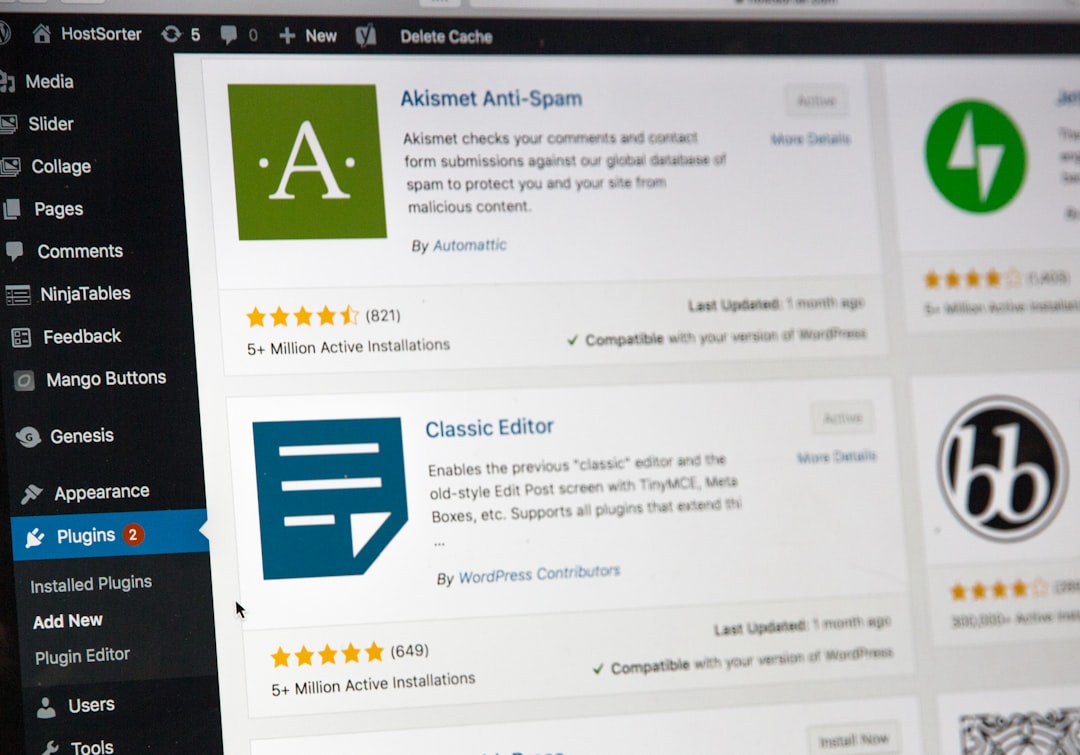Images play a significant role in enhancing the overall experience of a website. They can make your content more engaging, visually appealing, and easier to understand. However, when it comes to using images from other websites, there are certain concerns about how this practice might impact your website’s SEO. In this article, we’ll examine whether borrowing images affects SEO and outline best practices for using images responsibly and effectively.
Table of Contents
The Importance of Images in SEO
Search engine optimization (SEO) is not just about text-based content. Images contribute to SEO because they improve page engagement metrics, such as bounce rate and time-on-page, and enhance the accessibility of the content. Optimized images also help your content appear in search engine image results, which can drive a considerable amount of traffic to your website.
However, not all images are created equal when it comes to their SEO impact. Where and how you source your images can play a huge role in determining your website’s ranking and credibility on search engine results pages (SERPs).
Using Images from Other Websites: Implications for SEO
Using images from other websites may seem like a handy shortcut, but this strategy can have several downsides. Below are the main factors to consider:
1. Copyright Issues
One of the biggest risks of using images from other websites is the potential violation of copyright laws. Image copyright protections ensure that photographers and designers retain ownership of their work. Search engines like Google favor original content, and copyrighted images can harm your credibility. Legal penalties aside, a copyright violation can damage your brand’s reputation, which in turn negatively affects your SEO efforts.
2. Duplicate Content
Another potential downside to borrowing images is the issue of duplicate content. Search engine algorithms prize original content because it adds value to users. When you use an image that already appears on another site, you’re essentially duplicating content. This duplication might confuse search engine crawlers, leading to reduced visibility in both web and image search rankings.
3. Broken Links and Hotlinking Risks
Sometimes, site owners hotlink—use the URL of an image from another website without downloading and hosting it on their own servers. Hotlinking not only burdens the original owner’s server, but it can also result in broken images if the source website removes or changes the location of the image. Broken images impact user experience and can directly harm your website’s rankings.
Search engines consider sites with poor user experiences (such as broken images) to be less trustworthy, which may result in lower rankings.
Best Practices for Using Images Without Harming SEO
There are several ways to use images responsibly while ensuring that your website’s SEO remains intact:
- 1. Create and Use Original Images: The best way to avoid copyright issues and duplicate content penalties is to generate unique, high-quality images. These could include photographs, infographics, or custom illustrations.
- 2. Use Royalty-Free Images: If creating original images isn’t possible, ensure that you only use images from reliable royalty-free platforms such as Unsplash, Pexels, or Pixabay. These platforms provide images that are free for commercial use without attribution, but always double-check the specific licensing terms.
- 3. Optimize Image Metadata: Whether you use original or royalty-free images, optimize them by adding descriptive, keyword-rich file names and alt text. Alt text not only helps search engines understand the content of the image but also improves website accessibility for visually impaired users.
- 4. Hosting Images Locally: Always download images and host them on your own server instead of hotlinking. This prevents issues caused by broken links or changes on the source website.
- 5. Attribute Properly: When using images under a license that requires attribution, ensure you give proper credit to the image creator. While this does not directly impact SEO, it builds your credibility and avoids legal risks.
The Positive Role of Optimized Images
When used correctly, images can enhance your website’s SEO instead of harming it. Here’s why optimized images are valuable:

- They reduce bounce rates by making content visually appealing and engaging.
- They improve page speed when properly compressed and resized, which is crucial for user experience and SEO rankings.
- They increase your chances of being featured in “Google Images,” which can drive additional organic traffic.
Conclusion
Using images from other pages can have a detrimental impact on your website’s SEO due to copyright violations, duplicate content issues, and user experience problems like broken links. To maintain or improve your rankings, focus on creating or sourcing images responsibly. Whether you’re producing original visuals or using royalty-free images, always optimize them for search engines by including proper metadata and hosting them locally on your website.
By implementing these strategies, you can harness the power of images to improve your website’s content, user experience, and overall SEO performance.